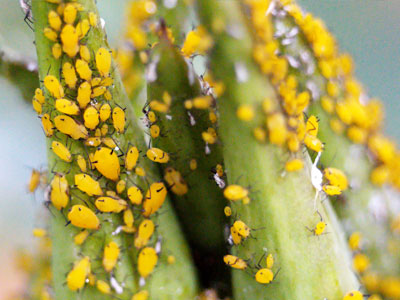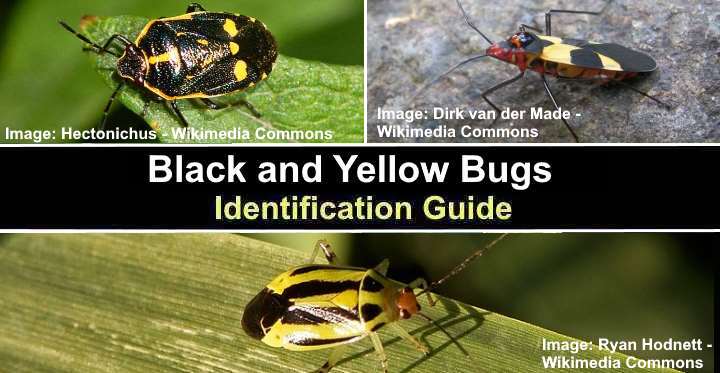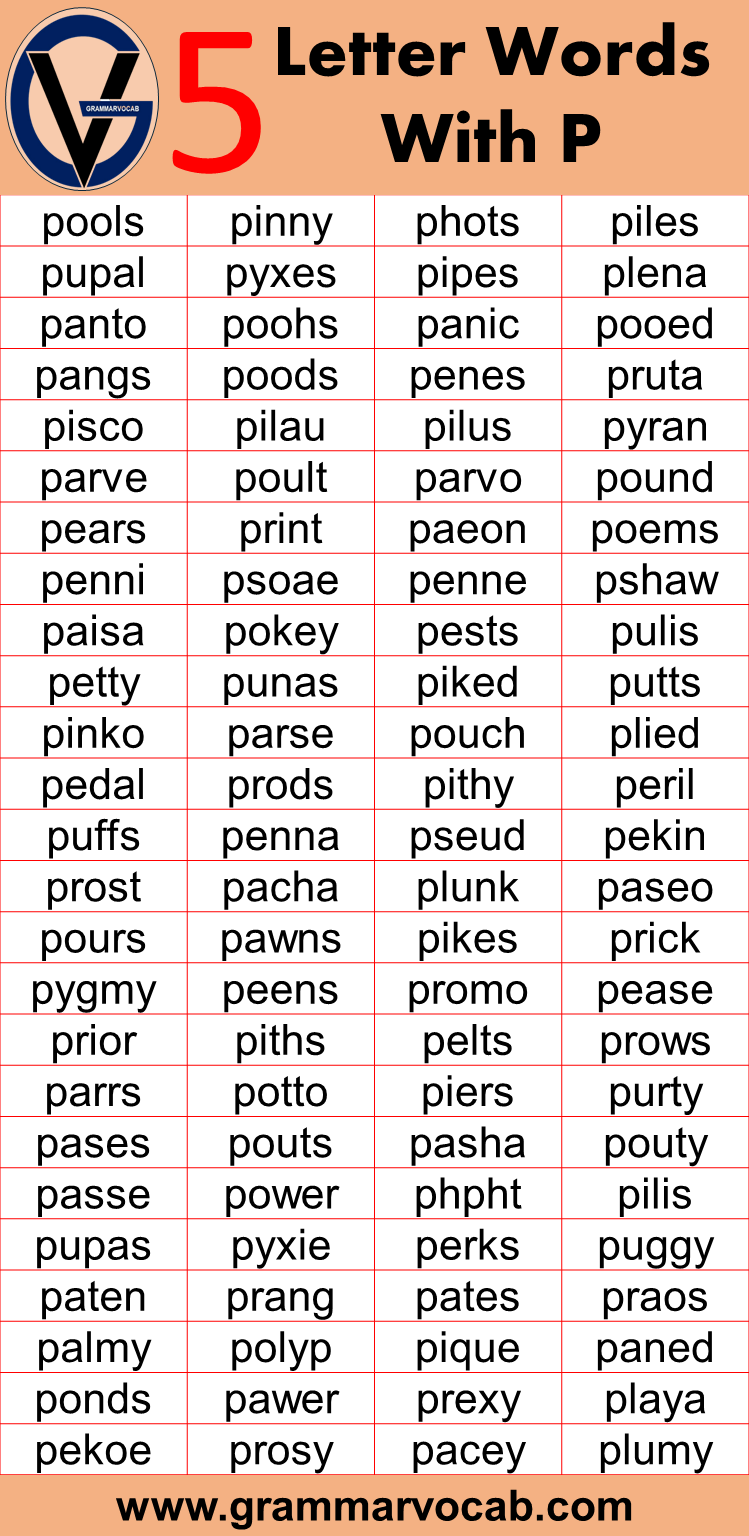5 Tips: Stop Small Yellow Bugs

Small yellow bugs can be a nuisance, especially when they invade your garden or home, causing damage to plants and creating an unwanted presence. While these insects may seem harmless at first glance, they can quickly multiply and become a significant problem. In this article, we will explore effective strategies to prevent and control the population of small yellow bugs, ensuring a pest-free environment.
Understanding Small Yellow Bugs

Before delving into prevention and control methods, it’s essential to identify the specific type of small yellow bug you’re dealing with. Common varieties include aphids, cucumber beetles, and citrus leafminer, each with unique characteristics and preferred habitats. Accurate identification is crucial as it determines the most effective treatment approach.
Aphids
Aphids are tiny, pear-shaped insects that can be yellow, green, or black. They feed on plant sap and are often found in large groups on leaves, stems, and buds. These pests can quickly multiply and cause significant damage to plants, leading to distorted growth, yellowing leaves, and stunted development.
To identify aphids, look for their soft bodies, long antennae, and slender legs. They may appear as clusters on the undersides of leaves or as a sticky residue on plant surfaces, known as honeydew, which attracts ants and sooty mold.
Cucumber Beetles
Cucumber beetles are small, oval-shaped insects with yellow or greenish bodies and distinctive black stripes or spots. They are often found on cucumber, squash, and melon plants, where they feed on leaves, flowers, and fruits. Cucumber beetles can also transmit diseases, such as bacterial wilt, which can be devastating to crops.
Identifying cucumber beetles is relatively easy due to their distinct coloration and behavior. They are active during the day and can often be seen crawling or flying near their host plants.
Citrus Leafminer
Citrus leafminer, also known as Phyllocnistis citrella, is a tiny moth whose larvae feed on the leaves of citrus trees. The adult moths are yellowish-white and barely visible to the naked eye, while the larvae are translucent with a distinct yellow-green color. Citrus leafminer causes characteristic “mining” or serpentine patterns on the leaves, which can lead to defoliation and reduced fruit production.
To identify citrus leafminer, examine the leaves of your citrus trees for the presence of these mining patterns. You may also notice small, white eggs laid on the upper surface of the leaves.
Preventing Small Yellow Bugs

Prevention is key when it comes to managing small yellow bug populations. By implementing a few simple strategies, you can create an environment that is less attractive to these pests and reduce the likelihood of infestations.
1. Maintain Healthy Plants
Healthy plants are better equipped to resist pest attacks. Ensure your plants receive adequate sunlight, water, and nutrients. Regularly inspect them for signs of stress, such as yellowing leaves or stunted growth, and address any issues promptly. Well-maintained plants are less susceptible to small yellow bugs and other pests.
2. Practice Crop Rotation
Crop rotation is an effective method to disrupt the life cycle of small yellow bugs. By changing the location of your crops each season, you prevent the buildup of pest populations in a specific area. This practice also helps maintain soil health and nutrient balance, benefiting your plants’ overall health.
For example, if you’ve had issues with cucumber beetles on your cucumber plants, consider rotating them with other crops like tomatoes or peppers the following season. This rotation breaks the cycle of the beetles’ life stages and reduces their impact on your garden.
3. Use Physical Barriers
Physical barriers, such as row covers or netting, can be effective in preventing small yellow bugs from reaching your plants. Row covers are lightweight fabrics that can be draped over plants, providing a physical barrier against pests while still allowing sunlight and air circulation. Netting, on the other hand, is a fine mesh material that can be placed over fruit trees or vegetable gardens to keep insects out.
When using row covers, ensure they are securely anchored to the ground to prevent pests from entering from below. Regularly inspect the covers for any tears or openings that may allow bugs to infiltrate.
4. Attract Beneficial Insects
Encouraging the presence of beneficial insects in your garden can help control small yellow bug populations naturally. Ladybugs, lacewings, and parasitic wasps are predators that feed on aphids and other small insects. By creating a habitat that attracts these beneficial insects, you can establish a natural balance in your garden ecosystem.
Planting a diverse range of flowers, herbs, and vegetation can provide food and shelter for beneficial insects. Flowers like marigolds, sunflowers, and lavender are known to attract these helpful creatures. Additionally, providing water sources and creating habitats, such as insect hotels, can further encourage their presence.
5. Implement Good Garden Hygiene
Maintaining good garden hygiene is essential in preventing small yellow bug infestations. Regularly remove any plant debris, fallen fruits, or decaying vegetation from your garden. These materials can provide hiding places and breeding grounds for pests. Composting these materials properly or disposing of them can help break the pest life cycle.
Additionally, keep your garden tools and equipment clean and disinfected. Small yellow bugs can sometimes hitch a ride on tools, so ensuring they are clean helps prevent the accidental spread of pests from one area to another.
Controlling Small Yellow Bugs
Despite your best prevention efforts, small yellow bugs may still find their way into your garden or home. In such cases, it’s important to have effective control methods at your disposal.
1. Handpicking and Dislodging
For small-scale infestations, handpicking or dislodging small yellow bugs from plants can be an effective control method. This approach is particularly useful for aphids and other soft-bodied insects. Simply use your hands or a soft brush to gently remove the bugs from the plant. For larger insects like cucumber beetles, you can use a small container or a vacuum to capture and remove them.
Regularly inspecting your plants and taking prompt action can prevent these pests from multiplying and causing extensive damage.
2. Insecticidal Soaps and Oils
Insecticidal soaps and oils are low-toxicity pesticides that can be effective against small yellow bugs. These products work by coating the insect’s body, causing it to suffocate and die. They are particularly useful for controlling aphids and other soft-bodied insects.
When using insecticidal soaps or oils, it’s important to follow the instructions on the product label. Apply the solution directly to the affected plants, ensuring thorough coverage. Repeat applications may be necessary, especially after rainfall or irrigation.
3. Botanical Insecticides
Botanical insecticides are derived from plants and are considered less toxic than synthetic pesticides. These natural insecticides can be effective against a range of pests, including small yellow bugs. Neem oil, pyrethrum, and rotenone are examples of botanical insecticides that can help control aphids, cucumber beetles, and other insects.
As with any pesticide, it’s crucial to use botanical insecticides responsibly and follow the instructions provided. Avoid spraying these products on windy days to prevent drift, which can harm beneficial insects and pollinators.
4. Biological Control
Biological control involves using natural predators or parasites to manage pest populations. For small yellow bugs, introducing or encouraging the presence of beneficial insects can be an effective strategy. Ladybugs, lacewings, and parasitic wasps are natural enemies of aphids and other small insects.
You can purchase these beneficial insects from garden centers or online suppliers and release them into your garden. Alternatively, creating a habitat that attracts these predators, as mentioned earlier, can help establish a natural balance in your ecosystem.
5. Integrated Pest Management (IPM)
Integrated Pest Management (IPM) is a holistic approach to pest control that combines various strategies to manage pest populations while minimizing environmental impact. IPM focuses on prevention, monitoring, and control methods that are least disruptive to the ecosystem.
When implementing IPM for small yellow bugs, you may combine prevention techniques, such as crop rotation and good garden hygiene, with control methods like handpicking, insecticidal soaps, and biological control. By integrating these approaches, you can effectively manage pest populations while maintaining a healthy and sustainable garden environment.
FAQ
How can I identify the specific type of small yellow bug I’m dealing with?
+Identifying the specific type of small yellow bug is crucial for effective treatment. Look for distinctive characteristics such as shape, coloration, and behavior. For example, aphids are soft-bodied and pear-shaped, while cucumber beetles have distinct black stripes or spots. Consulting with local agricultural extension offices or online resources can also provide valuable identification guidance.
Are there any natural repellents or deterrents for small yellow bugs?
+Yes, there are several natural repellents and deterrents that can help keep small yellow bugs at bay. For instance, planting marigolds and other strong-scented herbs like basil and mint can repel aphids and other insects. Additionally, using essential oils like neem oil or peppermint oil as a natural insecticide can be effective against small yellow bugs. Always follow proper dilution and application guidelines when using essential oils.
Can small yellow bugs cause harm to humans or pets?
+Generally, small yellow bugs are not harmful to humans or pets. However, some species, such as certain types of stink bugs, may emit an unpleasant odor when disturbed. While they may not pose a direct threat, it’s still advisable to avoid handling these insects and take necessary precautions to prevent infestations in your home or garden.
How often should I inspect my plants for small yellow bugs?
+Regular inspection of your plants is crucial for early detection and control of small yellow bugs. Aim to inspect your plants at least once a week, especially during the growing season when pest populations can quickly multiply. Pay close attention to the undersides of leaves, buds, and stems, as these are common hiding places for small insects.
What should I do if I have a severe infestation of small yellow bugs?
+If you’re dealing with a severe infestation of small yellow bugs, it’s essential to take immediate action. Combine multiple control methods, such as handpicking, insecticidal soaps, and biological control, to effectively manage the population. Additionally, seek advice from local agricultural experts or pest control professionals who can provide tailored solutions for your specific situation.


